Earth
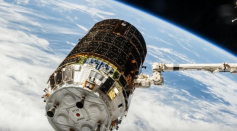
Japan Space Junk Collector Fails First Orbital Test

Life Other Than Earth's Might Be Closer
The Earth Now Has a Flag to Plant on Mars
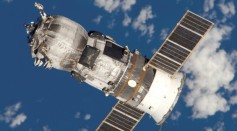
Progress Spacecraft Falling to Earth
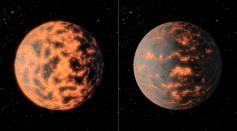
Super Hot, Super Earth Found 40 Light Years Away
Getting to the Core of Extinction—Researchers Return to Crater That Caused Millions of Dinosaurs to Die
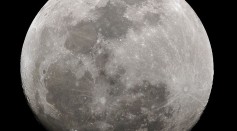
Studies Tackle the Question of the Moon's Origin
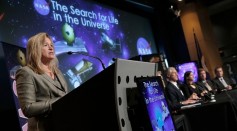
NASA's Chief Scientist Predicts We Will Find Signs of Alien Life Within 10 Years
Can Life Form in Another Solar System? Scientists Find Building Blocks for Life Around Million-Year-Old Star
Total Solar Eclipse 2015—Were You Underwhelmed?
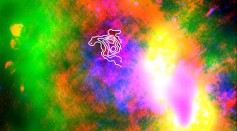
Striking It Rich in Supernovae Dust at the Center of the Milky Way Galaxy

Solar Eclipse Guide March 2015—How To Watch it Tonight From Anywhere on Earth

VIDEO—NASA’s Satellite Space Fleet Path Patterns Revealed
How the Oceans Could Be Our Salvation from Global Warming
Most Popular

AI Revolution in Medical Education: Transforming How Healthcare Professionals Learn

China’s Tiangong Space Station to Expand Its Capabilities With New Modules

Exploring Life Beyond Earth: Study Claims Other Planets Could Be Suitable for Alien Life

Out of Office, Not Out of Mind: Planning for Employee Holiday Absences






